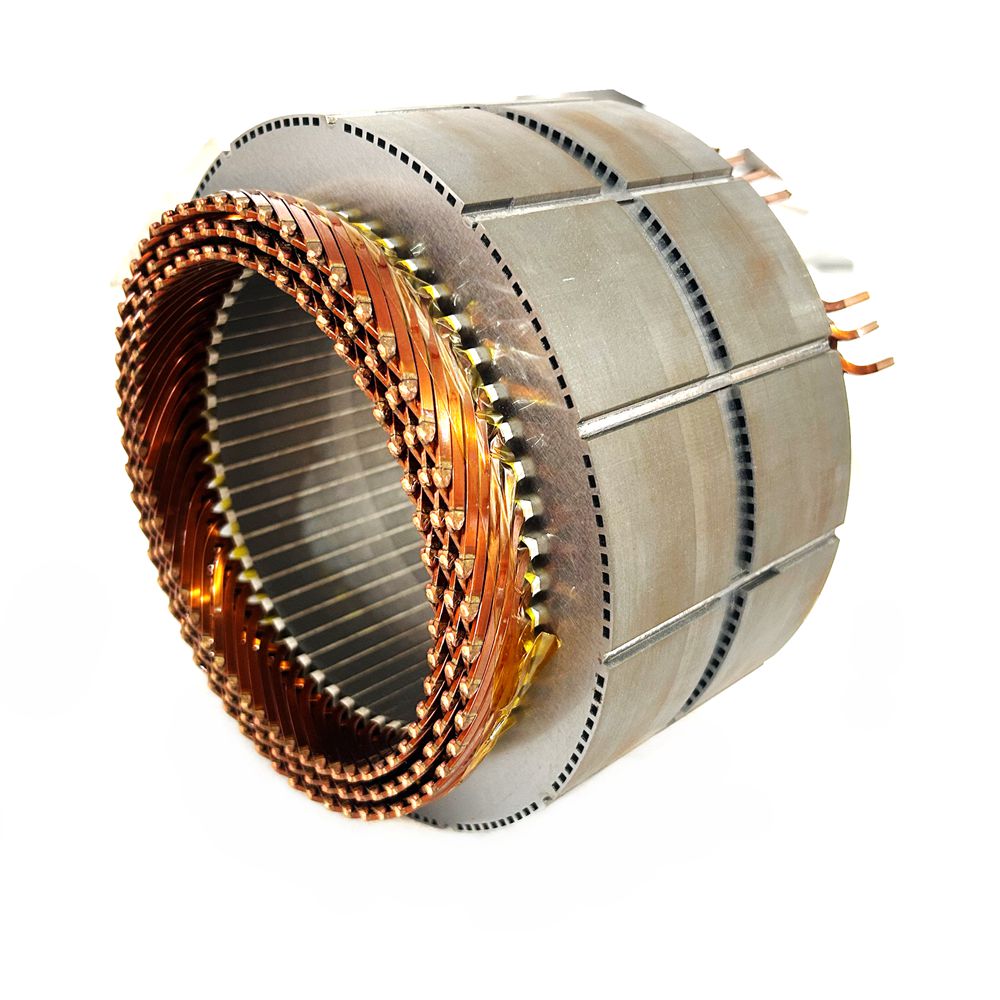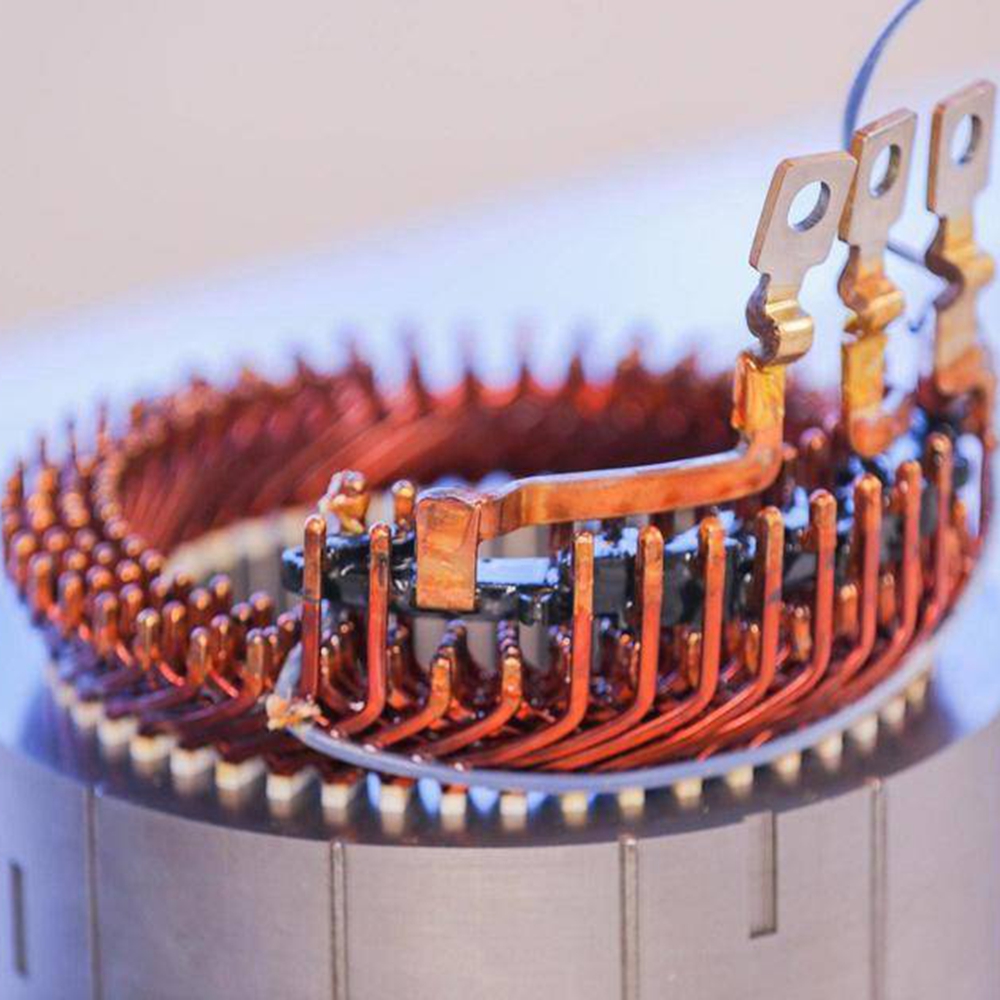Stator assemblies are critical components in electric motors, serving as the stationary part that interacts with the rotor to produce mechanical energy. High-quality stator assembly is essential across various industrial applications, influencing efficiency, reliability, and overall performance. This blog explores the significance of high-quality stator assembly, its applications across different industries, and the technologies driving advancements in stator manufacturing.
Understanding Stator Assembly
What is a Stator?
The stator is the stationary part of an electric motor, consisting of a core and winding coils. It generates a magnetic field that interacts with the rotor, leading to motion. The quality of the stator assembly directly affects the motor's performance, efficiency, and durability.
Components of Stator Assembly
Stator Core: Made from laminated steel to reduce energy losses due to eddy currents.
Windings: Copper or aluminum wires wound around the core to create electromagnetic fields.
Insulation: Prevents short circuits and ensures safety during operation.
Mounting Structures: Provide stability and support for the entire assembly.

Importance of High-Quality Stator Assembly
Efficiency and Performance
High-quality stator assemblies enhance the efficiency of electric motors by minimizing energy losses during operation. Efficient stators contribute to lower operational costs and improved performance metrics such as torque output and speed regulation.
Reliability and Longevity
Stators that are precisely manufactured using high-quality materials tend to have longer lifespans and reduced failure rates. This reliability is crucial in industrial applications where downtime can lead to significant financial losses.
Safety Standards Compliance
Industries such as aerospace and defense have stringent safety standards that require high-quality stator assemblies. These assemblies must withstand extreme conditions while maintaining performance integrity. Using advanced manufacturing techniques ensures that stators meet these rigorous standards, thereby enhancing safety across applications.

Applications Across Industries
Automotive Industry
In the automotive sector, high-quality stator assemblies are critical for electric motors used in various applications, including power windows, steering systems, and electric vehicle propulsion systems. The demand for efficient and reliable motors is driving innovations in stator technology to meet the growing needs of electrification in vehicles.
Aerospace Sector
Aerospace applications require lightweight and efficient stators for electric motors used in propulsion systems and auxiliary power units (APUs). The integration of advanced materials and manufacturing techniques ensures that these stators provide optimal performance while adhering to strict weight limitations.
Industrial Machinery
Industrial machines rely heavily on electric motors powered by high-quality stators. These machines include conveyor belts, pumps, and robotic systems that require precise control and reliability. Innovations in winding technology contribute to enhanced performance in these demanding environments.
Renewable Energy
The renewable energy sector utilizes high-quality stators in wind turbines and solar power systems. Efficient stators contribute to maximizing energy capture and conversion, making them vital for sustainable energy solutions.

Innovations in Stator Manufacturing
Advanced Winding Techniques
Innovative winding technologies play a significant role in improving the efficiency of stator assemblies. Techniques such as twist-free winding allow for better space utilization within the stator core, leading to higher fill factors and improved electromagnetic performance.
Automation in Production
Automation has revolutionized stator manufacturing processes by increasing production speed while maintaining high precision. Automated production lines reduce labor costs and minimize human error, ensuring consistent quality across batches.
Customization Capabilities
Manufacturers are increasingly offering customized stator solutions tailored to specific industry needs. This customization includes variations in size, winding configurations, and materials used—enabling industries to optimize their motor designs for unique applications.

Conclusion
High-quality stator assembly is paramount in ensuring the efficiency, reliability, and safety of electric motors across various industrial applications. As industries continue to evolve towards electrification and automation, advancements in stator manufacturing technologies will play a crucial role in meeting these demands. By prioritizing quality in stator assembly processes, manufacturers can enhance motor performance while contributing to sustainable industrial practices.
The Role of New Energy Motor Stator in Sustainable Energy Solutions


